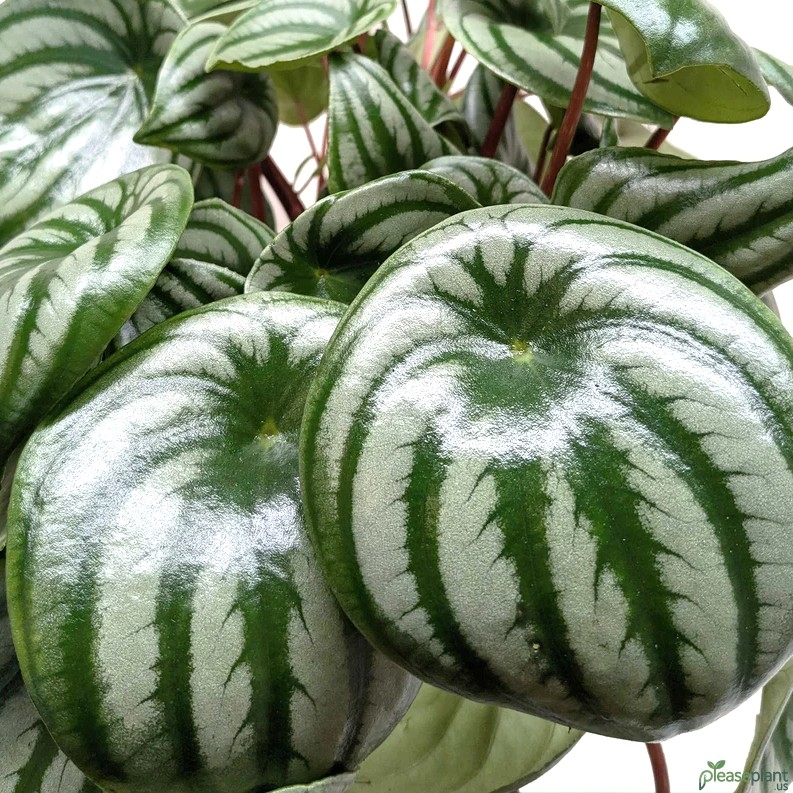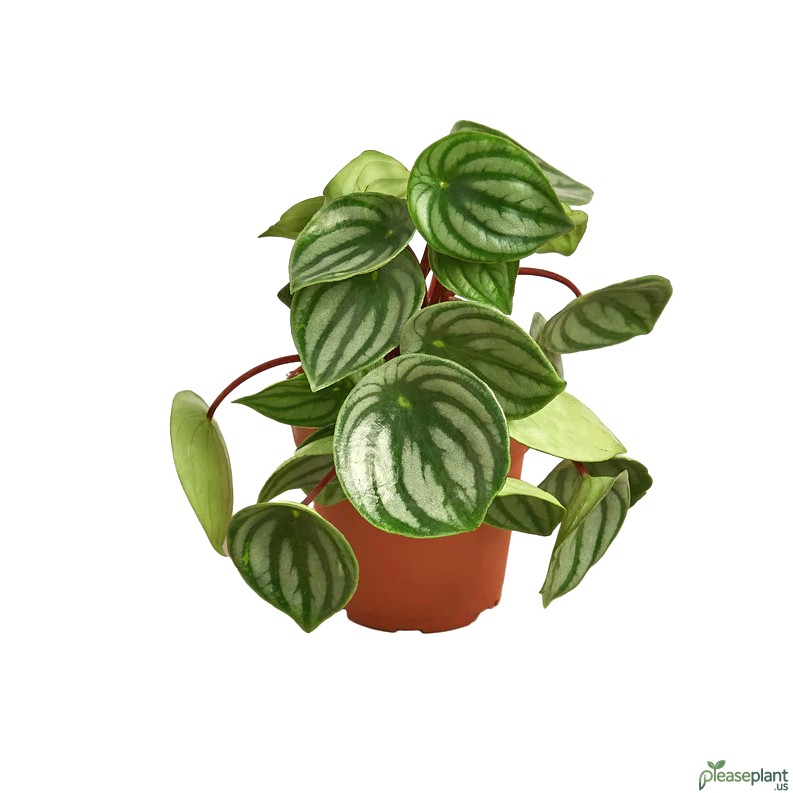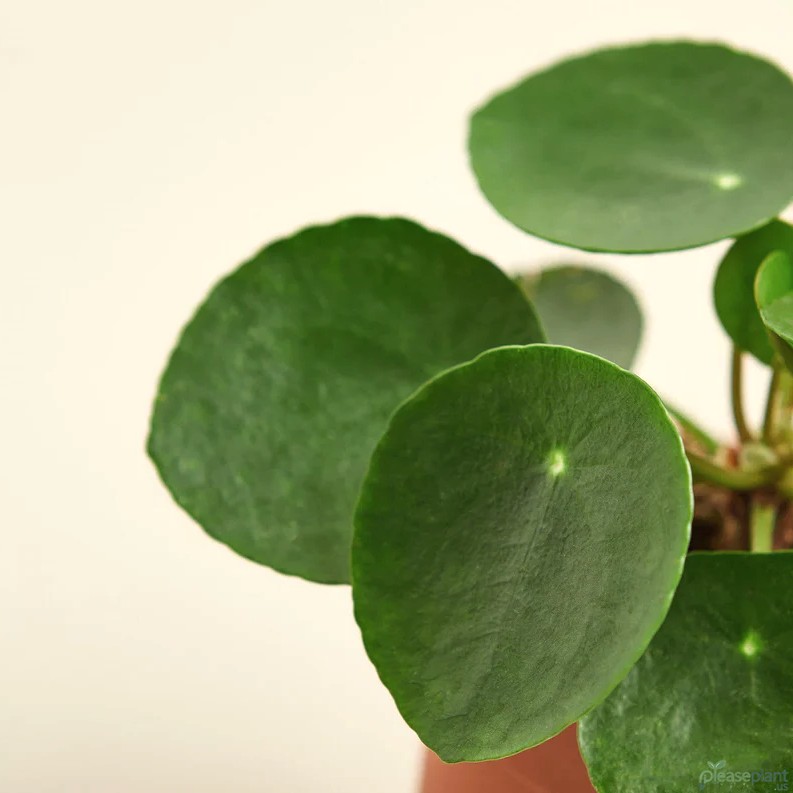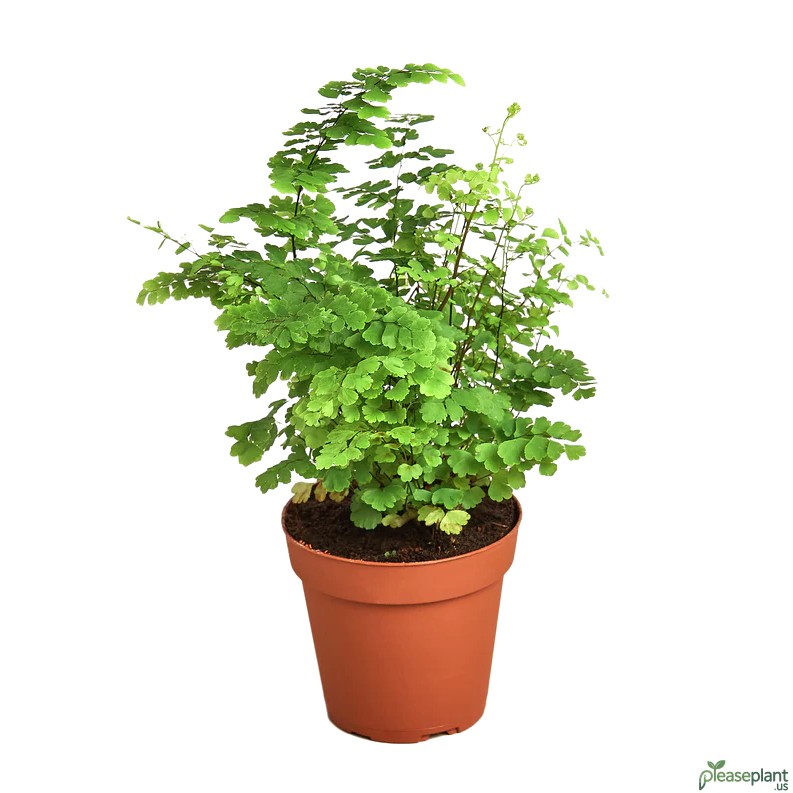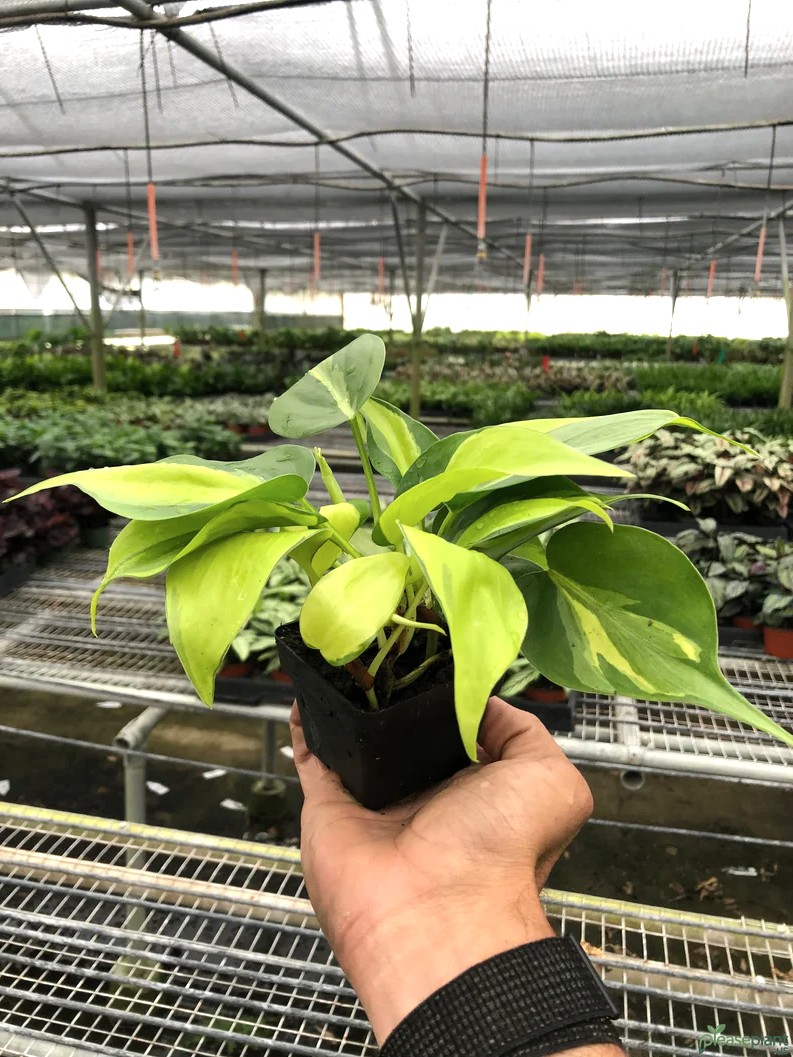Growing a Peperomia Watermelon - Argyreia Plant can be a rewarding experience, but nailing the right temperature is crucial. Too cold or too hot and you risk stressing your plant. From my years of battling with these quirky plants, I'll share how to keep yours thriving with just the right climate. Whether you're a beginner or a seasoned plant lover, understanding the optimal temperature will make your Peperomia Watermelon flourish in your home.
Let Me Tell You About My Peperomia Watermelon Journey
I've always had a soft spot for quirky houseplants, and the Peperomia Watermelon - Argyreia Plant is no exception. Its striking leaf pattern mimics the rind of a watermelon, but don't let that fool you – this beauty is a bit sensitive when it comes to temperature. Way back when I first brought mine home, I thought any old spot would do. Big mistake! Watching the leaves curl and droop was sadder than a rainy day without tea.
Why Temperature Really Matters for Your Peperomia Watermelon
These plants hail from tropical climates, meaning they love warm, humid conditions. But too warm and dry? They get stressed, and their leaves start to look sadder than my last failed attempt at baking. Too cold and they slow down, or worse, get damaged. Ideally, keep your Peperomia Watermelon in a steady range between 65°F and 80°F (18°C to 27°C). Fluctuations outside this range can stunt growth and invite pests or fungal issues.
Finding the Perfect Spot in Your Home
My advice? Avoid chilly drafts and sudden temperature swings. That spot near the radiator might seem cozy in winter but can dry your plant out faster than you can say "photosynthesis." On the other hand, placing it too close to an air conditioner vent will give it the cold shoulder, literally. I found a north or east-facing windowsill with indirect light worked wonders, keeping temps stable and light just right.
What Happens When Temps Go Rogue?
If your Peperomia Watermelon starts showing crispy edges or yellowing leaves, check the temperature first. Believe me, I once ignored this and ended up with a sad, shriveled mess that I had to nurse back to health over weeks. Remember, sudden cold snaps or heat waves can shock your plant. Slow and steady wins the race.
Quick Tips to Keep Your Peperomia Happy
- Keep the room between 65°F and 80°F and avoid sudden drops below 50°F.
- Avoid placing your plant near heating vents or drafty windows.
- Increase humidity with a pebble tray or occasional misting, especially in dry rooms.
- Use a thermometer to monitor your plant’s environment; your phone’s app just won’t cut it.
Trust me, with a bit of attention to temp and humidity, your Peperomia Watermelon - Argyreia Plant will reward you with lush, vibrant leaves that’ll make friends ask, "What’s that cool plant?"
A Few Mistakes to Dodge
One time, I left mine by a sunny window during a heatwave; the leaves scorched faster than toast. Another time, a cold draft sneaked in from a cracked window and left my plant looking like it had a bad night out. These little temp faux pas are easy to fix but can be avoided altogether if you know your plant’s needs.
So, don't just water and forget! Keep an eye on the thermostat, and your Peperomia Watermelon will thrive, even if you forget to talk to it now and then.

